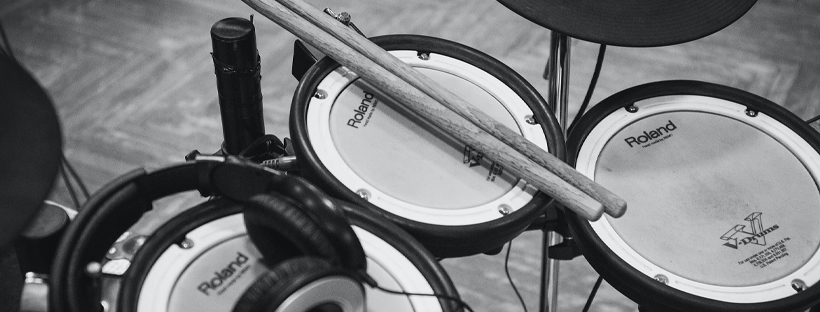Home › Acoustic vs Electric Drum Kits
Acoustic vs Electric Drum Kits
Whether you are a beginner, or a drummer looking to update their kit you may be unsure between the range options. Electric drum kits have recently saturated the market, making your decision that much harder. We are here to help weigh up the options for you. Keep reading to find out the benefits and disadvantages of acoustic vs electric drum kits.


Acoustic Drum Kits
Pros
Cons



Electric Drum Kits
Pros
Cons
Although not having to spend time tuning/maintaining your acoustic kit can be a bonus, it is also a negative. Learning about your drum kit and ways to maintain it gives you knowledge that you will use forever. Electric kits do not offer the chance to learn about this.



So what do we suggest? Ultimately the choice is up to you, everyone will have features that have higher importance. From a developmental perspective acoustic drum kits would be our top choice. Acoustic drum kits encourage proper techniques and practices, and a broader knowledge on drums. However, we completely understand how noise, sound and price can be an issue. If this is the case for yourself, electric drums are a fantastic alternative.
If you have your mind made up find a store near you here to start renting today!
